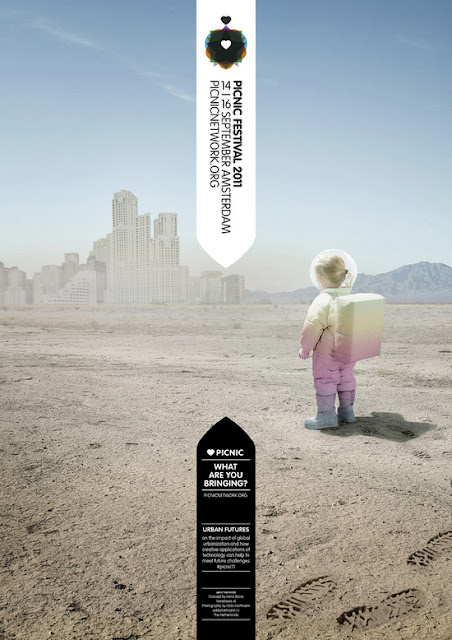Year of Production: 2004
Duration: 5’ 30 ”
In The Catalogue Chris Oakley presents the scenario of a perfect world of consumption, where a video surveillance system films the interior of a department store in which the individuals, together with their data, become entities-identities traceable and transparent thanks to their personal data. The individuals are followed through the crowd by motion tracking and are given graphical labels that list their purchase habits and general information regarding themselves.
The Catalogue is a symbolic rendering of the logic of a computerized market research system, which classifies individuals using a wide variety of data in order to assess their buying power and their future needs. The identity of each individual is reduced to the analysis and prediction of his or her consumption habits. The title of the work highlights the fact that each individual who meets the automatic eye of the video camera is entered in a database, a catalogue in which each person must be assigned to predetermined categories, thus assuming his or her place in the system
-Franziska Nori, IDENTITÀ VIRTUALI
link para assistir ao vídeo



